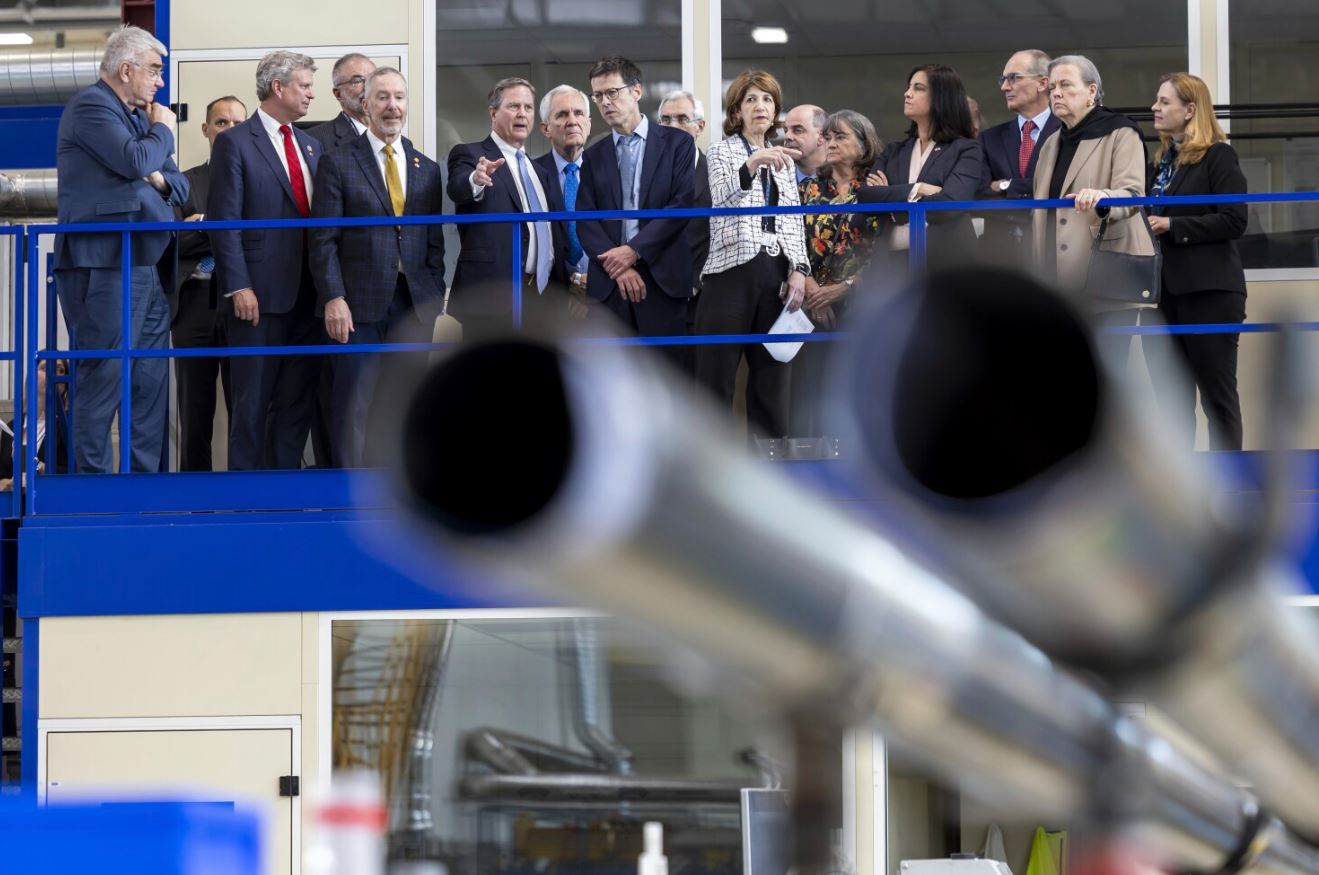 The ALICE, ATLAS, CMS, and LHCb teams at CERN’s Large Hadron Collider (LHC) have just clinched the Breakthrough Prize in Fundamental Physics. This award, given by the Breakthrough Prize Foundation, recognizes the incredible work of these groups, made up of thousands of researchers from over 70 countries. Their achievements, based on data from LHC Run-2 through July 2024, focus on the Higgs boson, new particles, and the intriguing differences between matter and antimatter.
The ALICE, ATLAS, CMS, and LHCb teams at CERN’s Large Hadron Collider (LHC) have just clinched the Breakthrough Prize in Fundamental Physics. This award, given by the Breakthrough Prize Foundation, recognizes the incredible work of these groups, made up of thousands of researchers from over 70 countries. Their achievements, based on data from LHC Run-2 through July 2024, focus on the Higgs boson, new particles, and the intriguing differences between matter and antimatter.
Fabiola Gianotti, CERN’s Director-General, couldn’t be prouder of the recognition given to these LHC collaborations. She highlights the global effort and dedication behind these accomplishments. The $3 million prize will be donated to the CERN & Society Foundation. This donation will fund grants for doctoral students from member institutes, offering them invaluable research opportunities at CERN.
ATLAS and CMS, the LHC’s general-purpose experiments, have been crucial in unraveling the universe’s fundamental properties. They first announced the discovery of the Higgs boson back in 2012 and have continued to explore its characteristics ever since. Stephane Willocq, the ATLAS spokesperson, emphasized the shared vision and dedication of the collaborators, which have truly transformed our understanding of the universe.
Over the last fifteen years, the CMS team has carefully studied the Higgs boson, delved into the electroweak scale, and explored the nuclear matter from the early universe. ALICE is focused on quark-gluon plasma, a hot and dense state from the universe’s early days, while LHCb looks into the differences between matter and antimatter and the spectra of composite particles.
Marco Van Leeuwen from ALICE expressed what an honor it is to receive the Breakthrough Prize for their work on quark-gluon plasma. The grants funded by this prize are expected to nurture the next generation of ALICE scientists.
The LHC experiments have set new standards in fundamental physics research. With the upcoming High-Luminosity LHC upgrade planned for 2030, there’s a promise of even more exciting discoveries ahead, further enhancing the collider’s capabilities.








